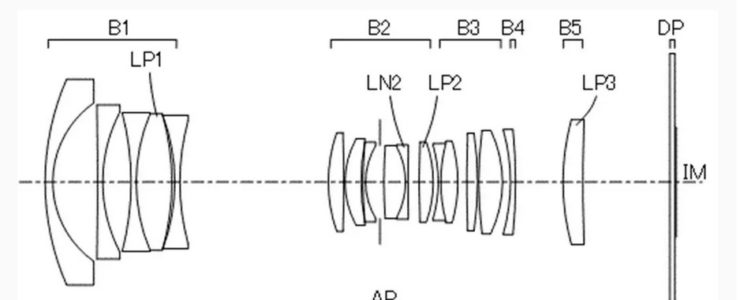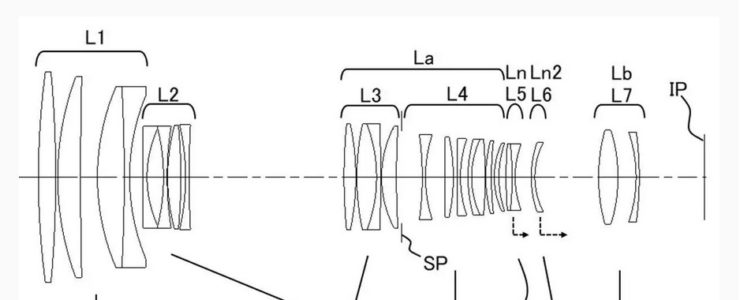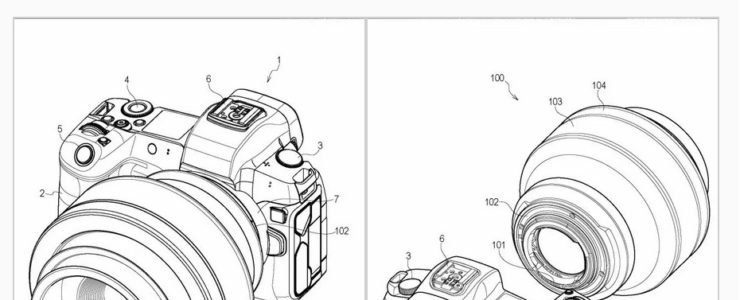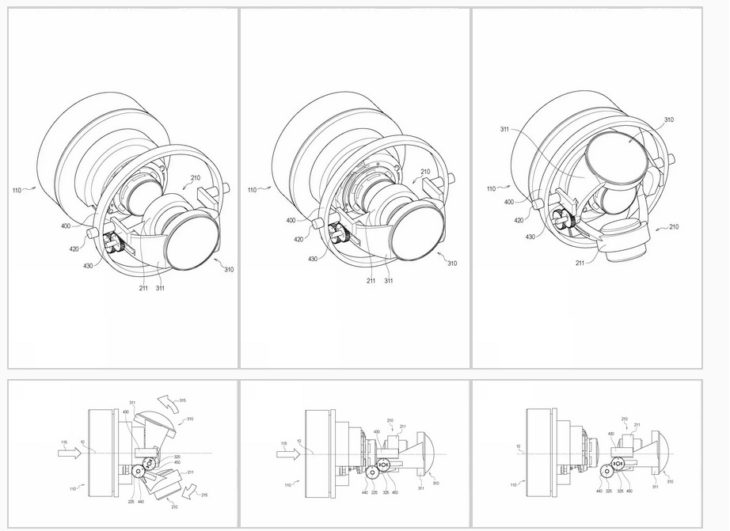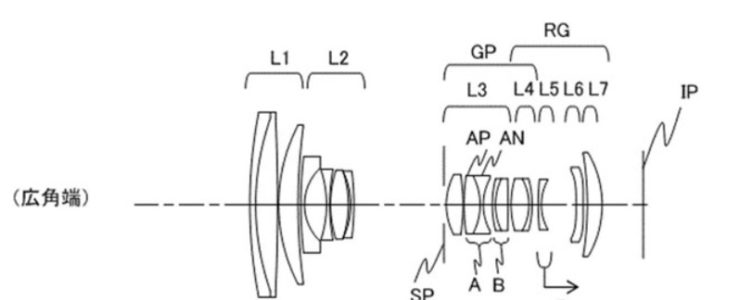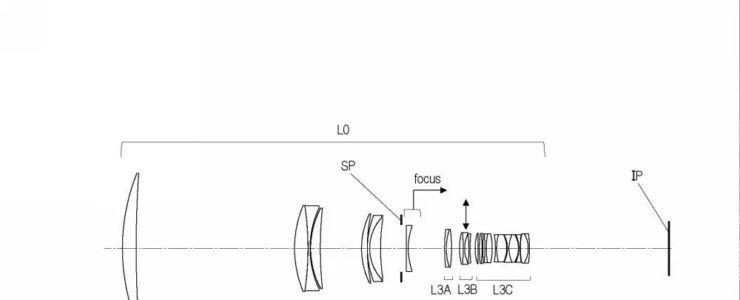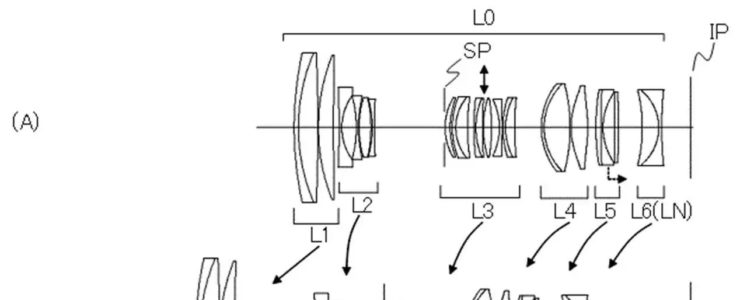A new Canon patent application for three lenses for the RF mount and cameras with APS-C imaging sensor.
Canon patent application 2022013994 (Japan, published 8/14/2023) discusses optical formulas for three RF-mount lenses for APS-C imaging sensors:
- 15-70mm F2.8-4 IS
- 15-70mm F4 IS
- 15-85mm F2.8-5.6 IS
From the patent literature:
A compact zoom lens with a wide angle of view is provided that is robust against manufacturing errors and yet provides high optical performance.
Description of the Related Art
In recent years, there has been a strong demand for a lens system used in an imaging apparatus to have high optical performance while the entire lens system is compact. In order to achieve good optical performance while miniaturizing the entire lens system, it is important to appropriately set the refractive power and configuration of each lens group, and the conditions for moving each lens group during zooming. In particular, when miniaturizing the lens system of a camera with a large image sensor, high refractive index glass materials are often used, and it is required to suppress chromatic aberration while ensuring robustness against decentration of the lens.
SUMMARY OF THE INVENTION
It is an object of the present invention to provide a compact zoom lens or the like with a wide angle of view that provides high optical performance while being robust against manufacturing errors. In the zoom lens of each embodiment, any one of the lens groups as a whole or a part thereof is moved so as to include a component in the direction perpendicular to the optical axis as an anti-vibration group, or in an in-plane direction including the optical axis. It is also possible to employ a configuration in which vibration isolation is performed by rotationally moving (oscillating). In particular, it is preferable to use the cemented lens B as the anti-vibration group.
Example 1 (15-70mm F4, for APS-C)
- Zoom ratio 4.40
- Focal length 15.45 36.03 67.94
- F value 4.12 4.12 4.12
- Half angle of view 41.27 19.59 10.60 Image
- height 12.66 13.66 13.66
- Total lens length 100.14 108.00 120.23
- Back focus 10.46 10.79 12.37
Example 2 (15-70mm F2.8-4, for APS-C)
- Zoom ratio 4.40
- Focal length 15.45 36.49 68.04
- F number 2.88 3.86 4.12
- Half angle of view 41.38 19.53 10.61 Image
- height 12.66 13.66 13.66
- Lens length 100.32 11 0.44 118.71
- Back focus 10.62 11.68 15.59
Example 3 (15-85mm F2.8-5.6, for APS-C)
- Zoom ratio 5.42
- Focal length 15.45 36.29 83.77
- F value 2.88 4.00 5.80
- Half angle of view 41.36 19.65 8.71
- Image height 12.66 13.66 13.66
- Total lens length 101.54 1 16.35 133.85
- Back focus 12.12 12.61 16.91
More Canon patents are listed here.
[via digicame info]

